In and around the Arctic Circle, stunning multicolor clouds have been
shining in the sky for days on end. It is very unusual to see so many of these vibrant clouds over such a long period.

© Ramunė ŠapailaitėIridescent, rainbow-colored clouds, known as polar stratospheric clouds, have been spotted across the Arctic for days on end.
"Spectacular" rainbow-colored clouds have been shimmering in the skies over and around the
Arctic for more than three days thanks to an unusual cold snap in the upper atmosphere. And even more of these technicolor treats could appear during the next few months, experts say.
The colorful clouds, known as polar stratospheric clouds (PSCs), were spotted
floating high in the sky above parts of Norway, Sweden, Finland and Alaska, and even as far south as Scotland. They began to emerge on Dec. 18 and continued to appear clearly until Dec. 20, according to
Spaceweather.com. Some smaller, less distinct clouds were also spotted on Dec. 21, but in general they seem to be disappearing.
Photographer
Ramunė Šapailaitė captured staggering photos of the rare phenomenon above Gran in southern Norway. Her photos revealed the
rainbow hues of PSCs and their iridescent shimmer that has inspired the nickname nacreous clouds, due to their similarity with nacre — an iridescent material, also known as mother-of-pearl, that is found in the shells of some mollusks.
"The colors are spectacular," Šapailaitė told Spaceweather.com. "The clouds were visible in the sky all day, but the colors really exploded just before sunset."
The PSCs were caused by a
prolonged period of unusually cold temperatures in the sky, according to Spaceweather.com.
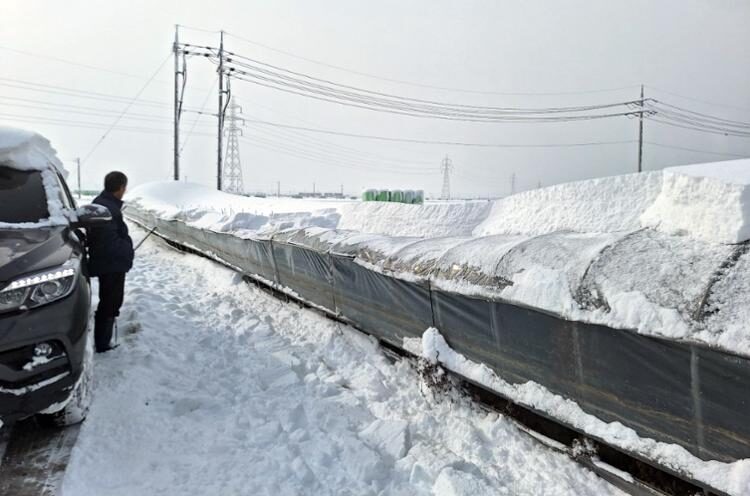
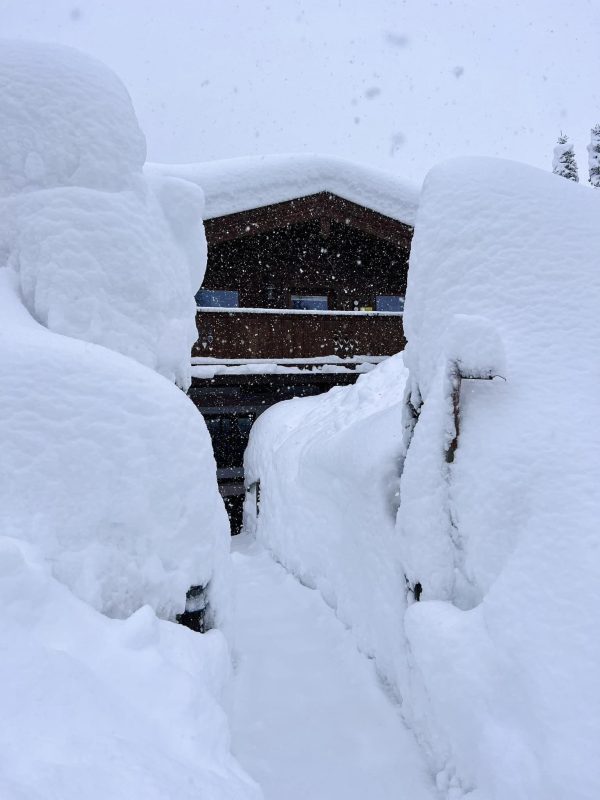
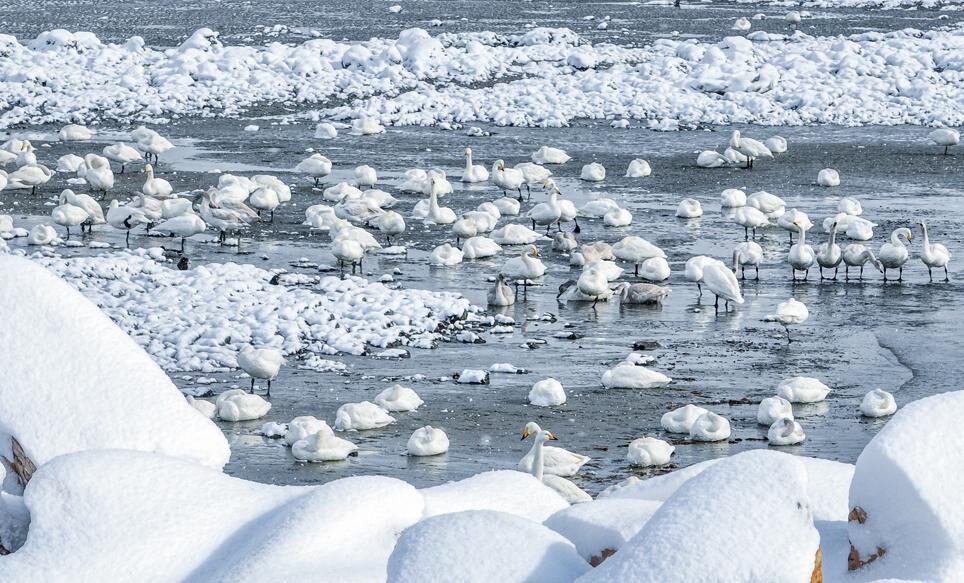

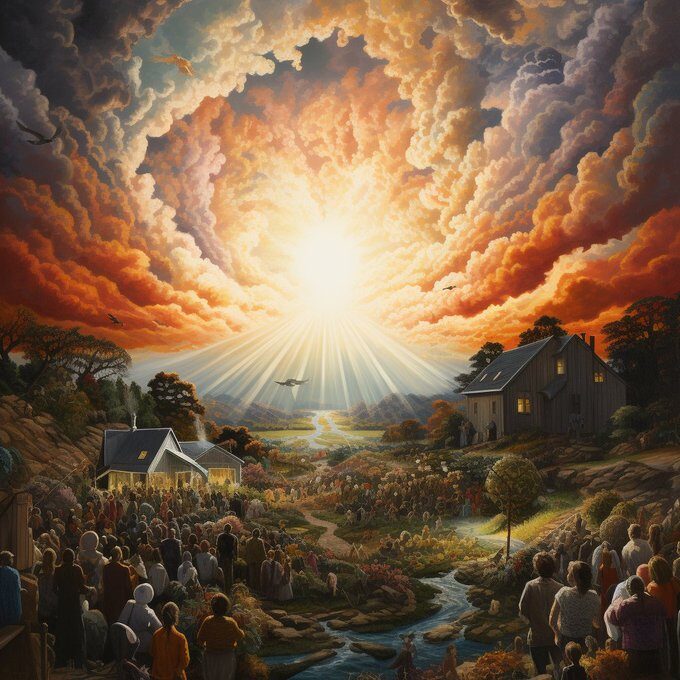
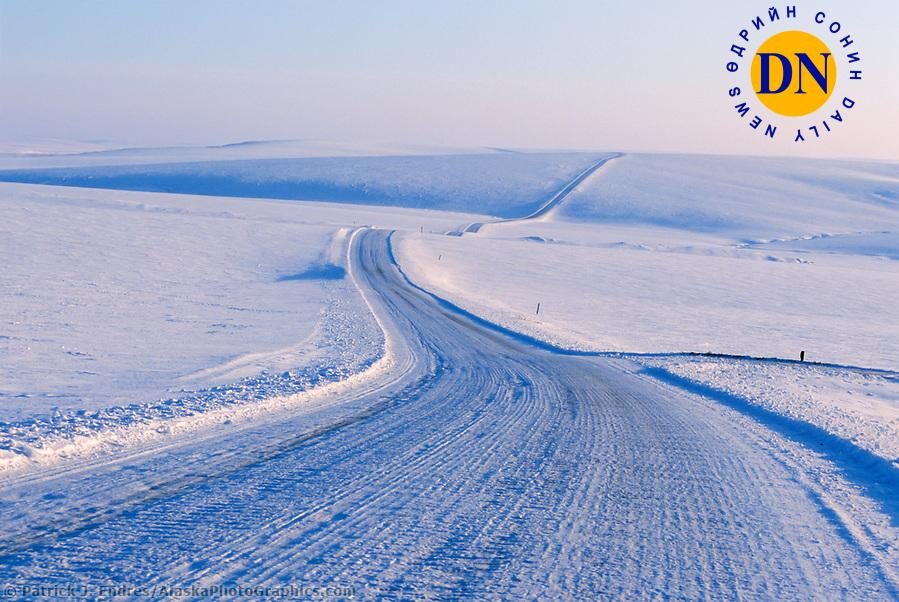

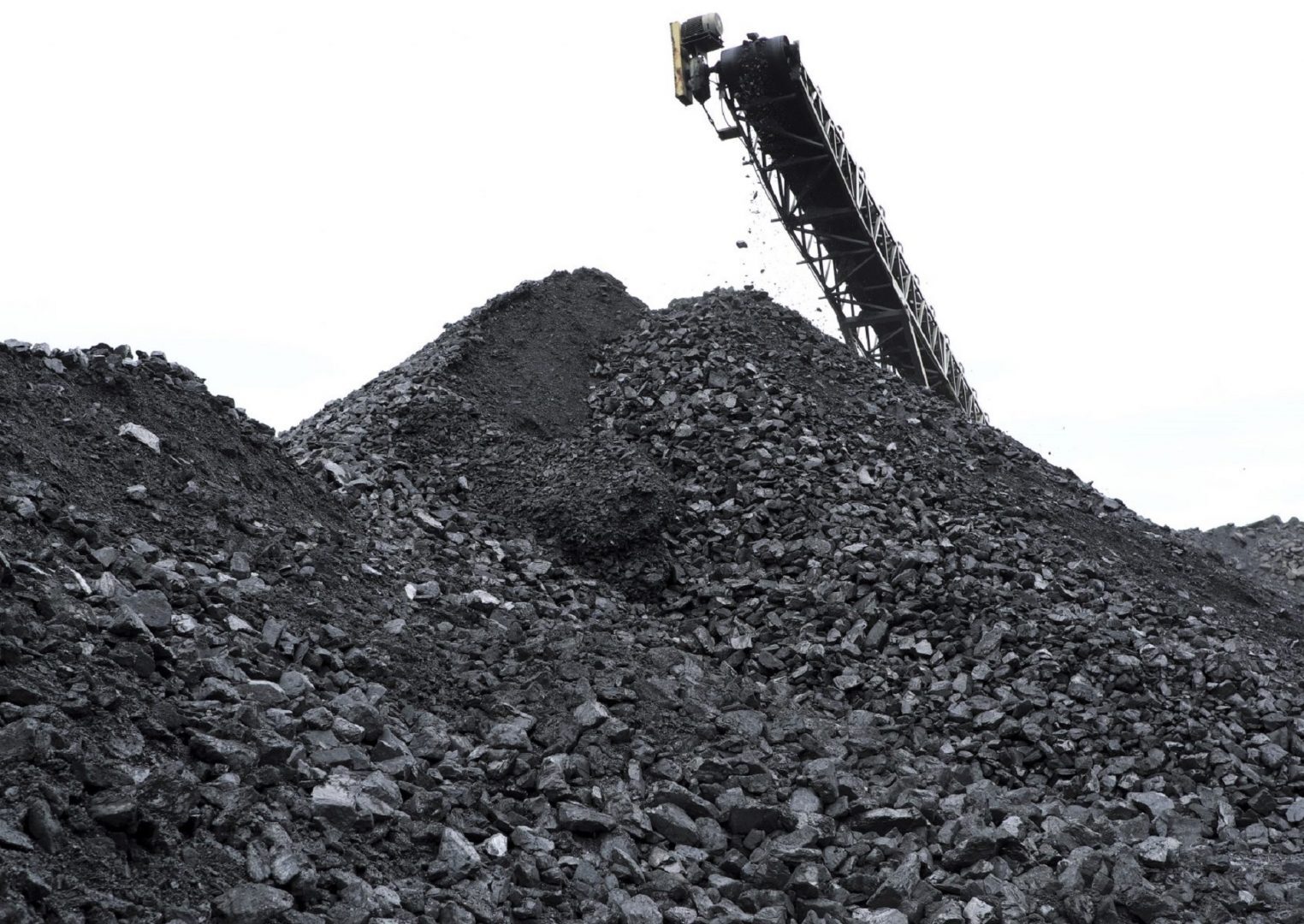
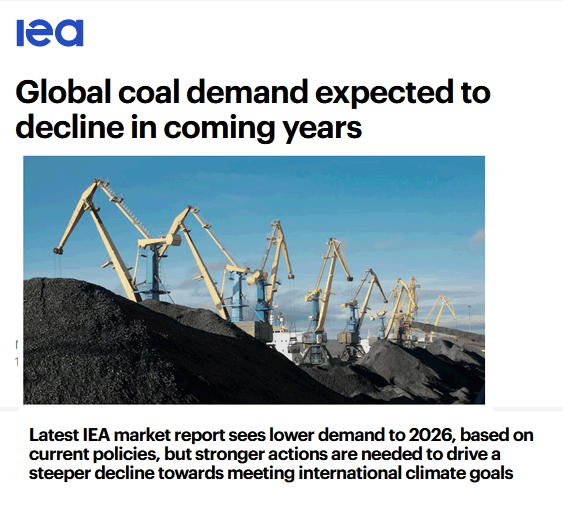
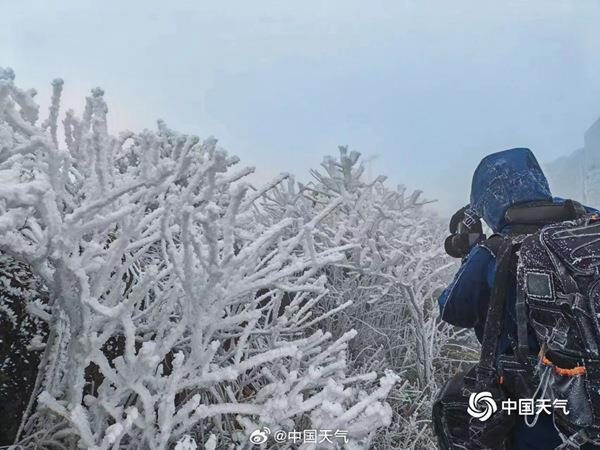
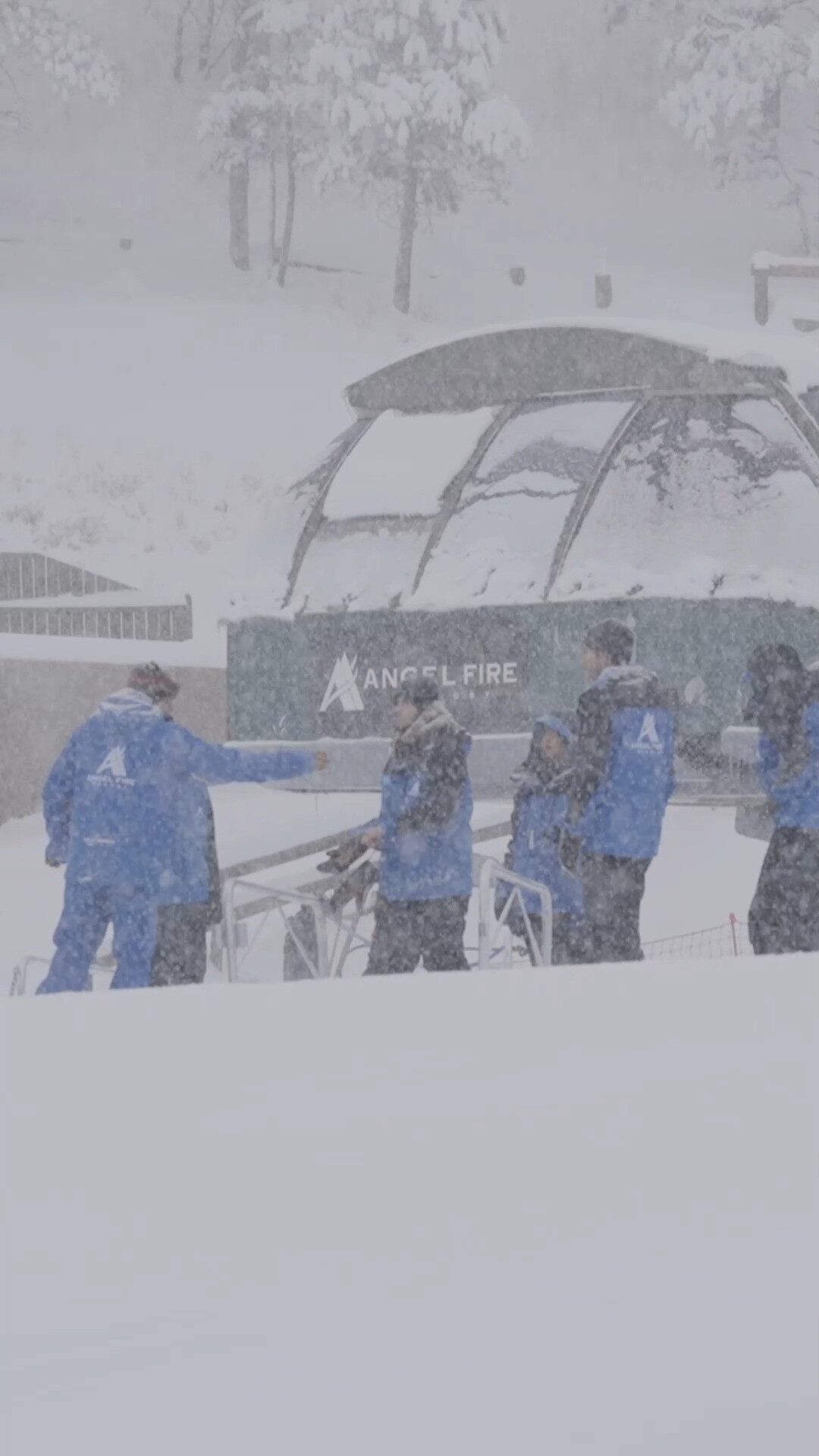



Comment: Just across the Yellow Sea recently: Rare, extreme snowfall hits Shandong cities in east China